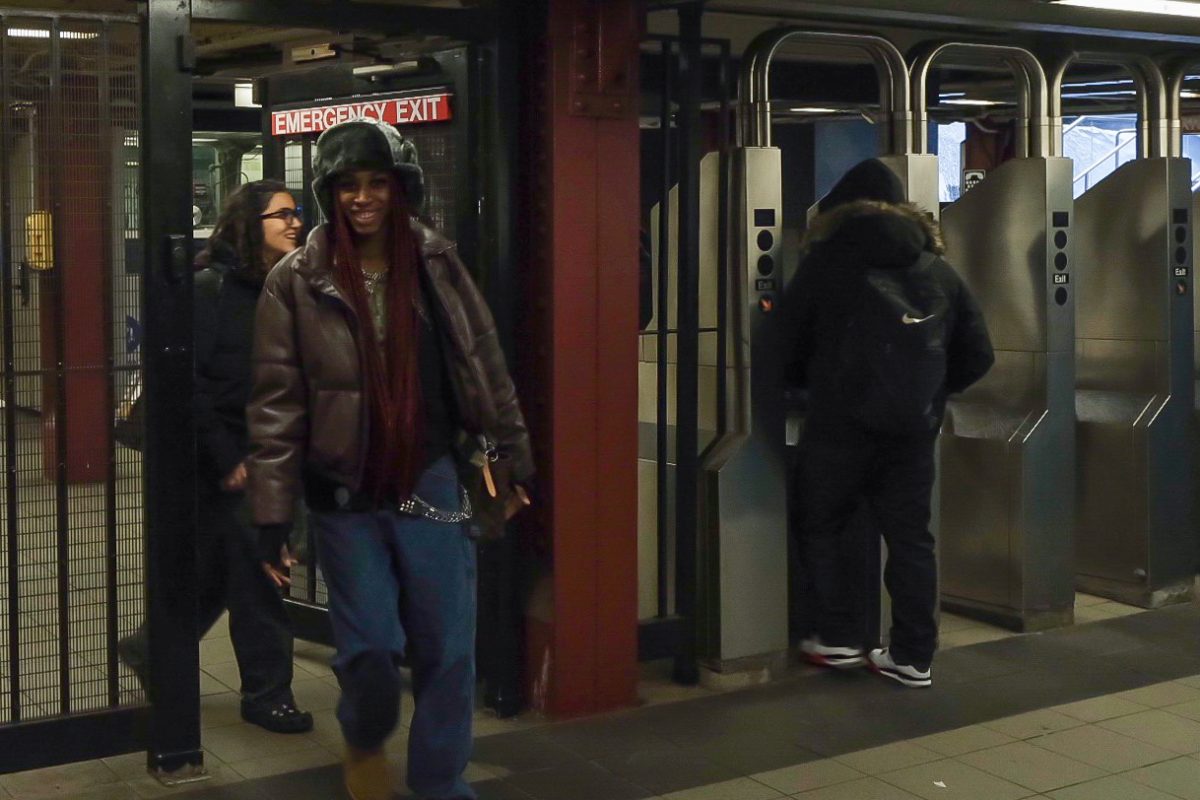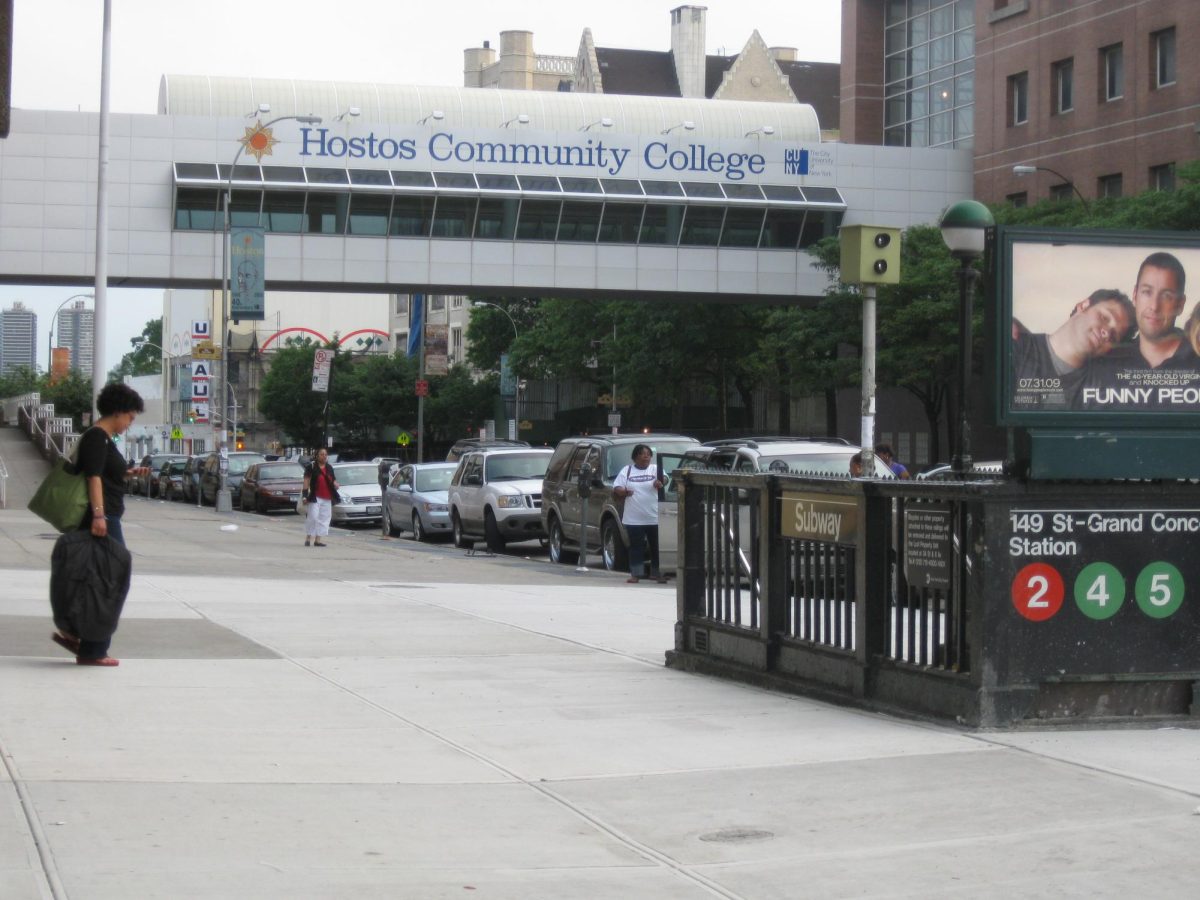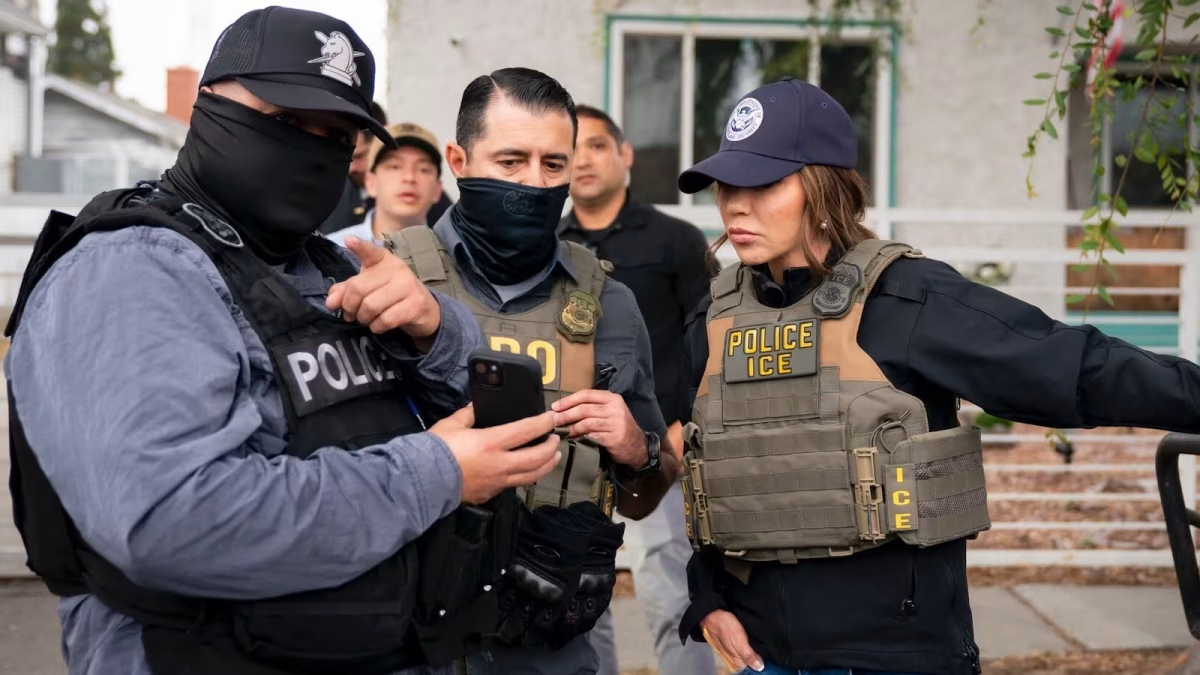In response to escalating fare evasion in NYC subway stations, the Metropolitan Transportation Authority has initiated several pilot programs over recent years. In a recent attempt to address this persistent issue, the MTA implemented a 15-second delay on emergency doors at select subway stations after payment. This delay aims to deter individuals from exploiting emergency exits to evade the $2.90 subway fare, safeguarding the MTA’s revenue and ensuring a fair system for all commuters.
Fare evasion reached 12.7% in 2023, resulting in a staggering loss of approximately $409 million in revenue, ABC 7 NY reported. Instances of individuals bypassing turnstiles or utilizing emergency exits without payment have become increasingly prevalent, posing significant challenges to the MTA’s revenue streams.
The MTA’s newest pilot initiative arrived as the transportation giant recently unveiled a new program to decrease fare evasion by installing new turnstile gates at subway stations. But New Yorkers quickly adapted, sharing workaround methods on social media platforms.
While the implementation of delays at emergency exits may initially raise concerns regarding their primary purpose of providing swift egress during emergencies, it’s essential to note that these measures are being piloted selectively. The MTA has carefully chosen stations with ample turnstile access to ensure that, despite the delay, commuters can still exit efficiently and safely in the event of an emergency. The program has received approval for testing at key stations, including the 59th Street Lexington Avenue Station in Manhattan, The Flushing Avenue Station in Brooklyn and the 138th Avenue Station in the Bronx.
Initial testing at Borough Hall Station in Brooklyn revealed instances of rider frustration, with individuals attempting to force open barred exits or circumvent turnstiles out of impatience. NYC Transit President Richard Davey stated that riders would grow frustrated as the door did not open immediately, causing them to make their way toward the turnstiles. Despite being tested at only one station thus far, it appears the MTA may have identified a viable solution to deter fare evasion on the subway. New Yorkers, renowned for their impatience, may find the delay tactic effective in curbing evasion, potentially leading to its wider implementation across the subway network.
However, concerns arise regarding the feasibility of implementing such delays citywide. Smaller stations like the 23rd Street station near Baruch College, with limited emergency exits may not justify the same delay measures. The MTA faces the challenge of balancing effective evasion deterrence with operational efficiency across diverse station layouts to ensure that all commuters can travel safely and affordably.
While the MTA explores innovative solutions to combat fare evasion, such efforts come with considerable costs. Yet, the simplest solution might lie in lowering subway fares. High fares inadvertently incentivize evasion, making fare reduction a long-term strategy to address the issue effectively. Commuters, like those at Baruch, who spend approximately $6 daily on public transit, would benefit from more affordable fares, potentially reducing the motivation to evade payment.









Selena • Feb 23, 2024 at 4:54 pm
Wow, that sure makes a lot of sense! What brilliant mind(s) thought of that? Was it the same 1’s who came up with the barrier on the platform? Keep up the good work people!
Jack • Feb 21, 2024 at 8:29 am
As a fare beater this 15 second delay in opening the emergency doors will not matter. One I can wait the 15 seconds if necessary. Two I will just hop over. Three I always look before I hop over the turnstile or walk through the emergency gate. Also security guard emergency door blockers/police at turnstyles don’t matter to me. When I see that I just walk to another station. I know that they are not everywhere. Professional Fare Beaters know how to jump and where to get free rides.